Introduction
Dubai is a coin which has both heads and Tails. On one side, where infinity pools adorn penthouses with eight-figure price tags, and in other neighborhoods just minutes away, co-living spaces and flexible apartment arrangements tell another story of Dubai real estate.
This dichotomy is the Dubai housing plan – a market that caters to billionaires seeking exclusivity and young professionals craving community. The Dubai housing strategy 2025 bridges these two worlds, creating an urban landscape unlike any other global city.
Dubai Housing Strategy: A Balancing Act
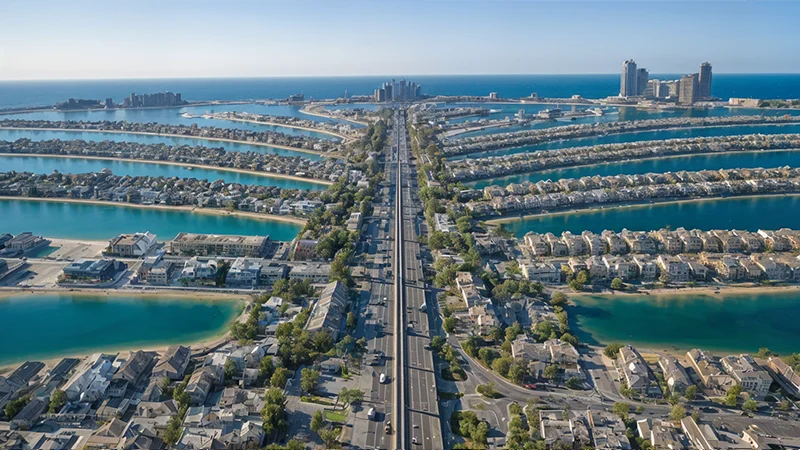
A recent Knight Frank report shows that the Dubai luxury market held its title as the world’s most active market for homes above $10 million for the second year running with 435 sales in the luxury segment in 2024 – almost equal to the combined sales of London and New York. This part of Dubai real estate values bespoke experiences where private pools, concierge services and exclusive golf courses are the norm for buyers seeking distinction.
On the other hand, a new breed of residents is reshaping demand with radically different priorities. Digital nomads and remote workers, often younger and more mobile, prioritise flexibility over extravagance. The Dubai housing plan acknowledges this through initiatives like the Virtual Working Program launched in 2021 which has attracted thousands to live in the city temporarily. This dual focus is the core of the Dubai housing strategy going forward.
How Dubai Housing Strategy Differs from London and New York
Globally, cities like London and New York have similar dualities but have affordability crises and fragmented policy responses. The Dubai real estate housing strategy takes a more integrated approach with policies supporting both segments at the same time.
London restricts foreign investment through taxation, Dubai housing strategy welcomes it while developing mid-market housing. New York’s zoning is rigid and creates supply bottlenecks, but Dubai real estate is opening up new areas for development across the board.
Dubai’s geography allows for expansion not confinement seen in other global cities, so there’s room for exclusive enclaves and affordable neighbourhoods without competition for the same space – a hallmark of successful Dubai housing strategy 2025 implementation.
Dubai’s Housing Strategy for the 1% – and the 99%
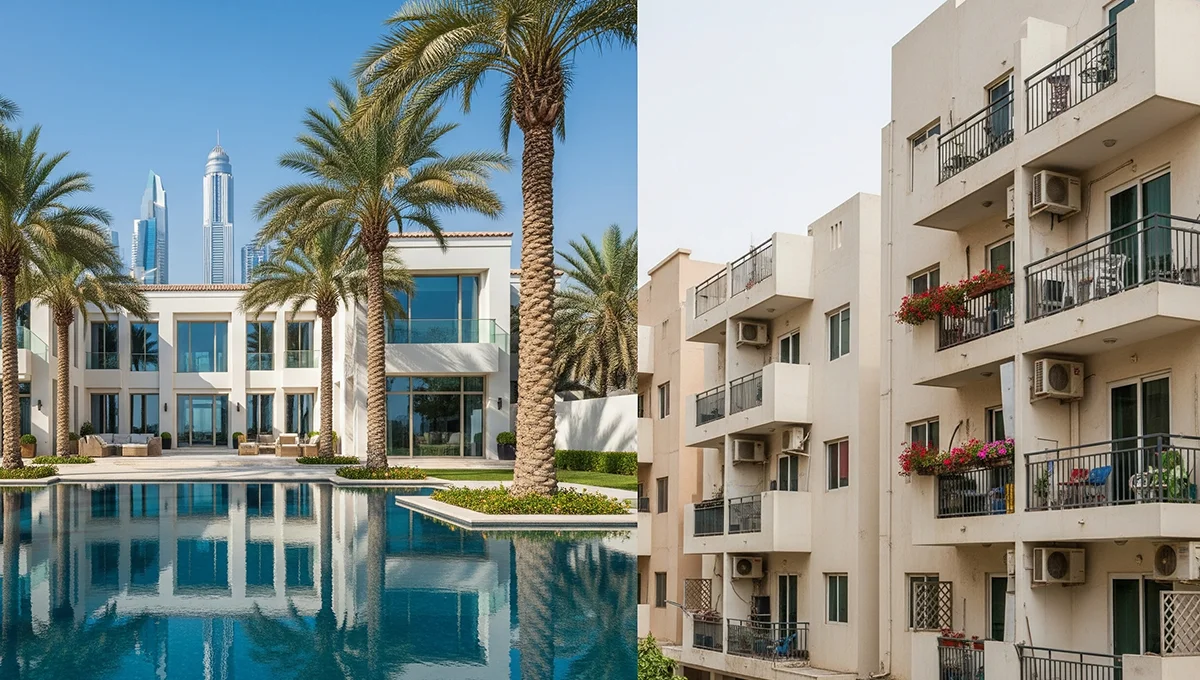
For the super rich, the Dubai luxury market offers experiences not found elsewhere. Communities like Palm Jumeirah, Downtown Dubai, Jumeirah Island and Emirates Hills provide the privacy and luxury this segment requires, where homes are statements of status and achievement in the Dubai real estate landscape.
For the masses, the Dubai housing plan has created neighbourhoods like Dubai Internet City, Jumeirah Village Circle (JVC) and Al Quoz as vibrant hotspots with affordable options and fast internet and co-working facilities. Co-living spaces, furnished apartments and short-term leases are their top choices.
The genius of Dubai’s housing strategy is in bridging these two worlds. Take Bluewaters Island, a Dubai luxury market destination with high-end residences, hotels and entertainment but connected to the wider city through public transport and pedestrianised pathways. This integration allows a wider audience to be part of the lifestyle while keeping the exclusivity.
How Dubai’s Housing Strategy Affects Dubai Property Prices
The dual-market approach creates amazing stability in Dubai real estate. By diversifying demand across multiple segments, Dubai housing strategy makes the market more resilient to economic fluctuations. This cushions market fluctuations by diversifying demand and fuels innovation as different resident profiles bring different economic activity and cultural influences.
This part of Dubai real estate housing strategy has given us consistent growth rather than the boom-bust cycles we see in other major cities. The co-existence of exclusivity and inclusivity becomes a driver of sustainable growth rather than a source of conflict, that’s the long term vision behind Dubai housing plan.
Wrapping Up
Dubai housing strategy 2025 continues this balanced approach with new initiatives. Developers and investors in Dubai real estate have a balancing act. Catering only to the Dubai luxury market risks missing the swelling demographic looking for attainable options. Meanwhile focusing only on affordability without quality and lifestyle risks alienating aspirational residents.
Dubai can strategically nurture both ends of the spectrum and that’s the model for urban evolution. The co-existence of billionaire playgrounds and digital nomad havens is a new social contract where different aspirations are validated within one cityscape – that’s the visionary Dubai housing strategy that’s evolving.
The future belongs to cities that can weave different lifestyles together in a smooth and balanced way – and Dubai real estate housing strategy is leading the way.

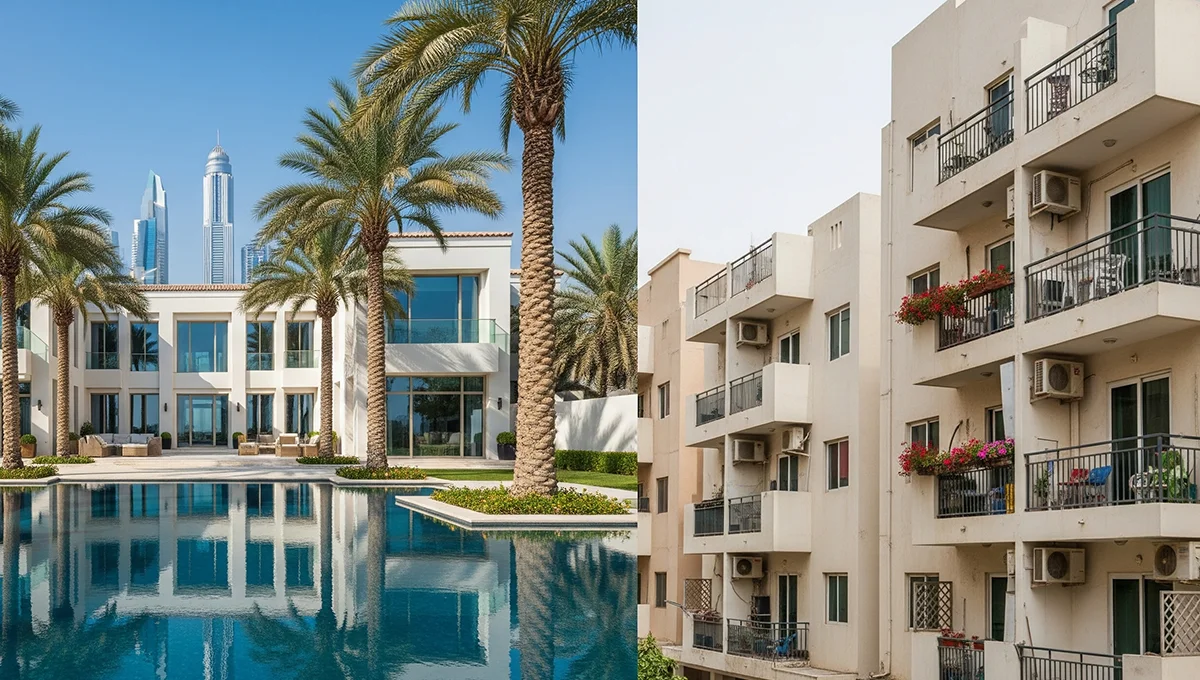
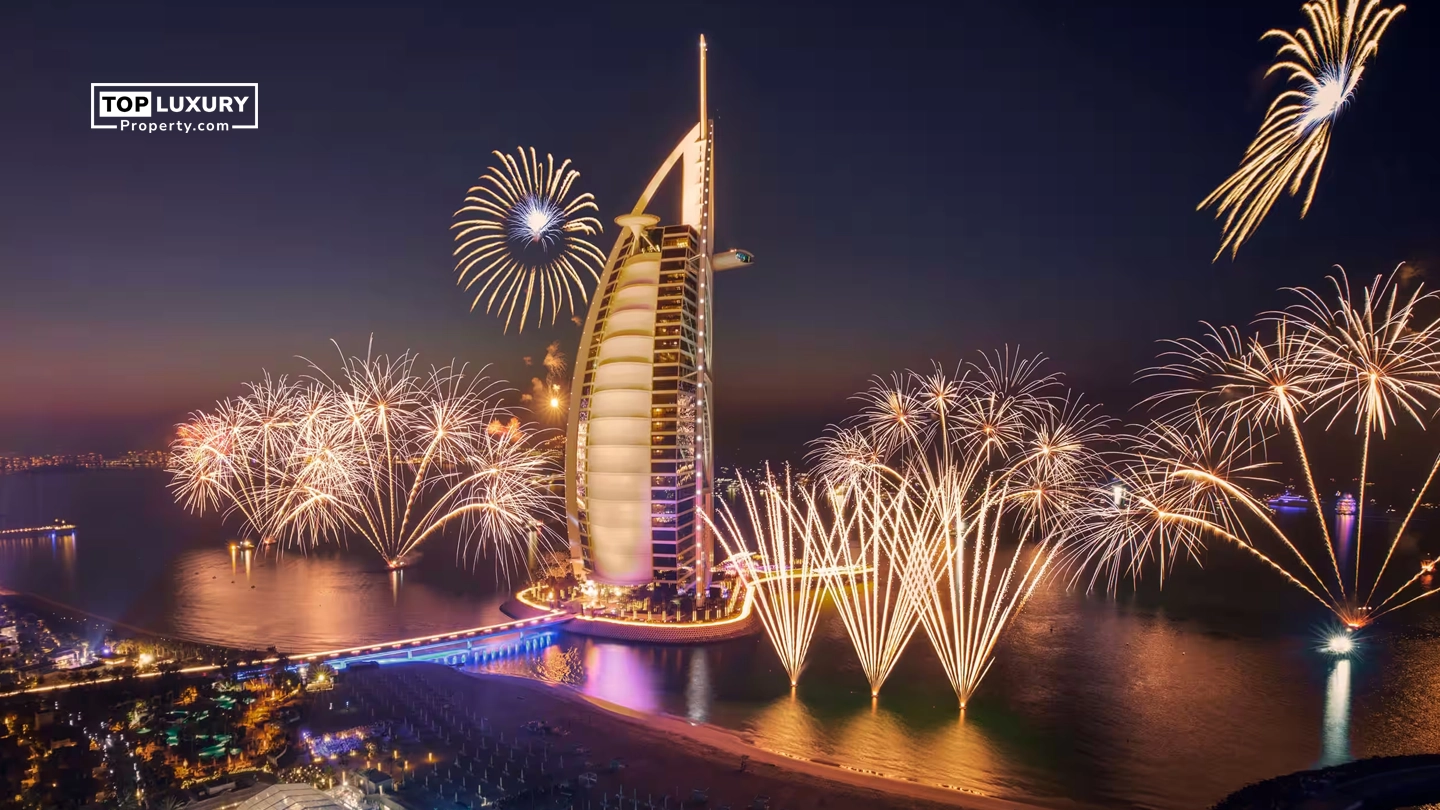

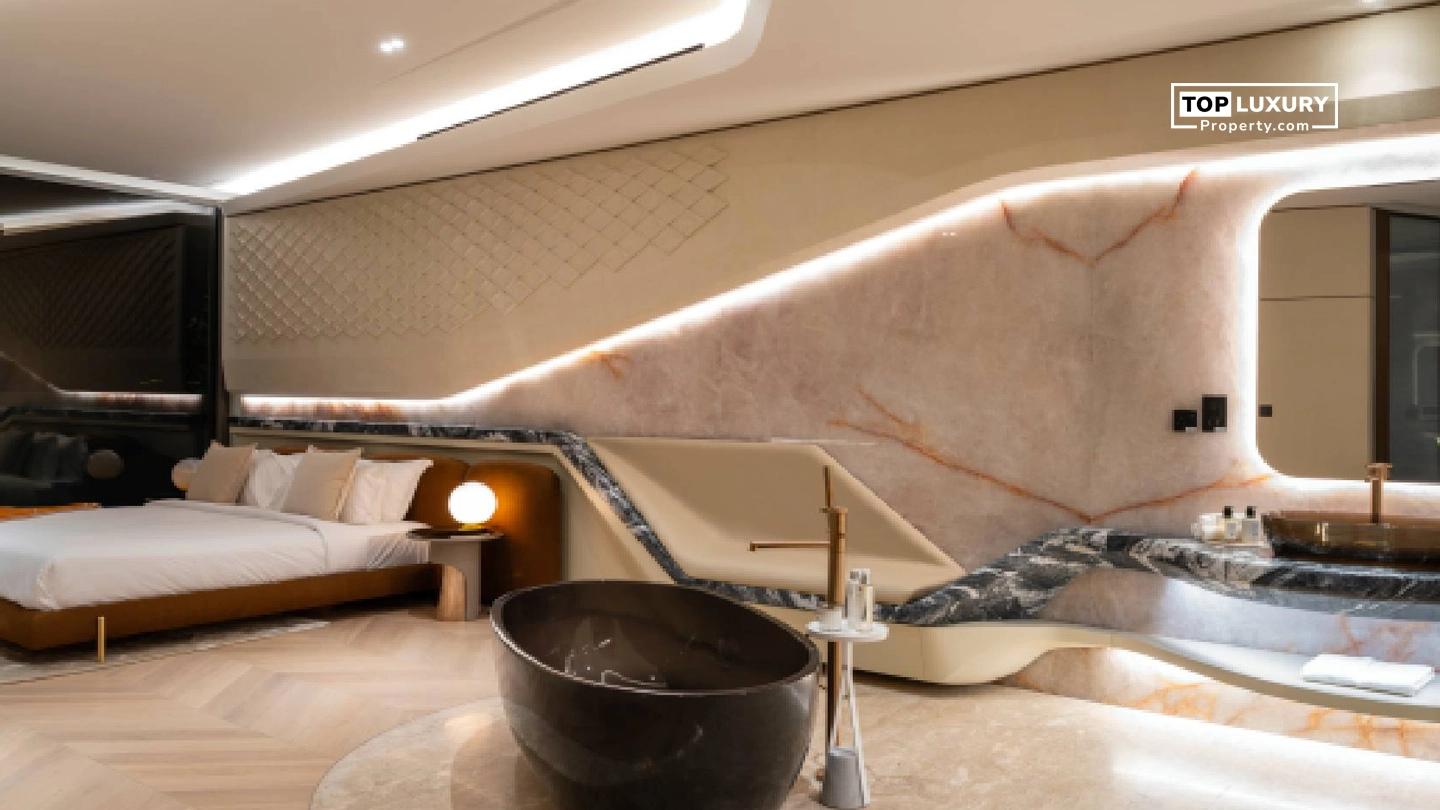
_(2)_638647637563832478_820465_.webp)